The technological leap forward in military aircraft during the early stages of the Cold War simply can’t be overstated. Aircraft design performance increased at paces not seen before or since, and the result is that some truly cutting-edge fighter planes came and went in quick succession, with some being mere footnotes in aviation history.
One warplane that shouldn’t be forgotten, however, is the McDonnell F-101 Voodoo, which was by far among the most capable fighters of its day. Based on the XF-88 Voodoo prototype that was first flown in October 1948, it was originally conceived as a long-range escort for the Strategic Air Command bombers, only to evolve into a long-range interceptor. It further was developed to serve as a nuclear strike aircraft and a tactical reconnaissance aircraft.
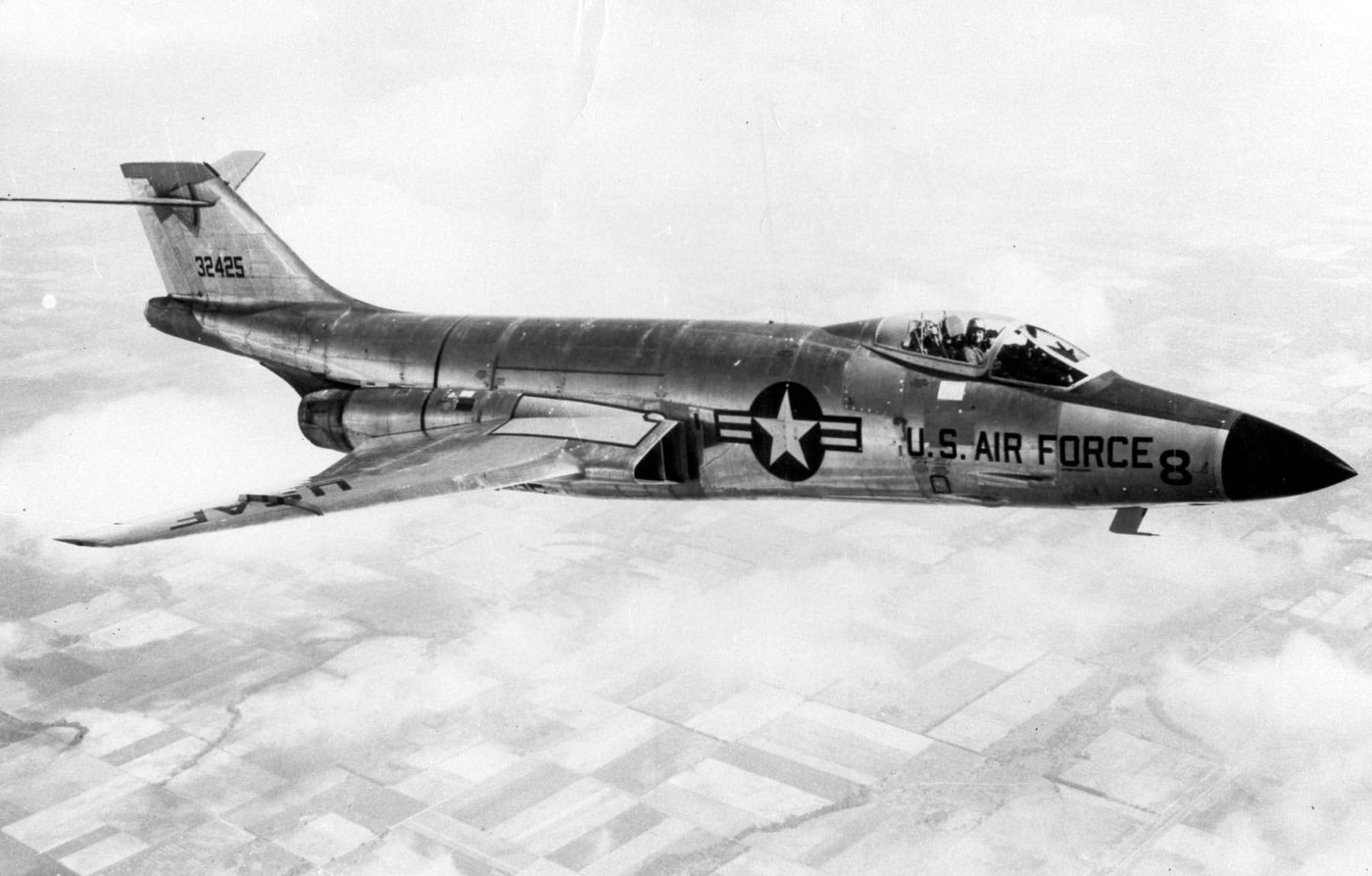
In its day, the F-101 was noted for being able to fly higher, faster and farther than nearly anything in the air, and it had more “kill” potential than that of its contemporaries.
Origins of the Voodoo
Though known primarily for its service in the 1950s and 1960s, the design of the warplane actually began just as the dust was settling after the Second World War. The aircraft that was to become the F-101 evolved from the aforementioned McDonnell XF-88, a long-range fighter developed for the United States Air Force in the latter half of the 1940s. The original concept called for the Voodoo to serve as a long-range bomber escort — where it would have flown alongside the Boeing B-29 Superfortress and Convair B-36 Peacemaker.
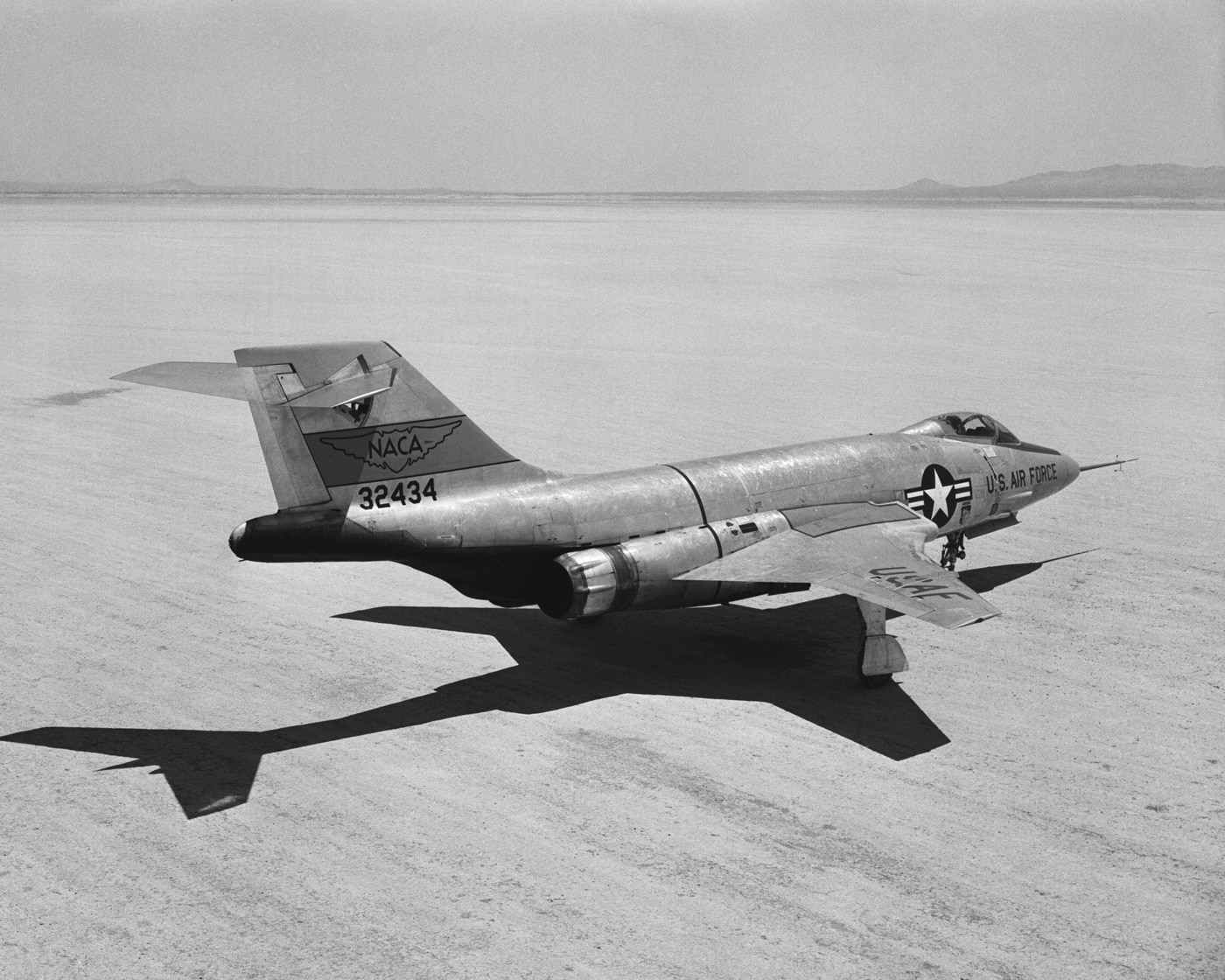
The single-seat F-101A made its maiden flight on September 29, 1954, and it quickly began to set records for speed, distance and altitude. By all accounts, it proved to be the perfect plane for the job.
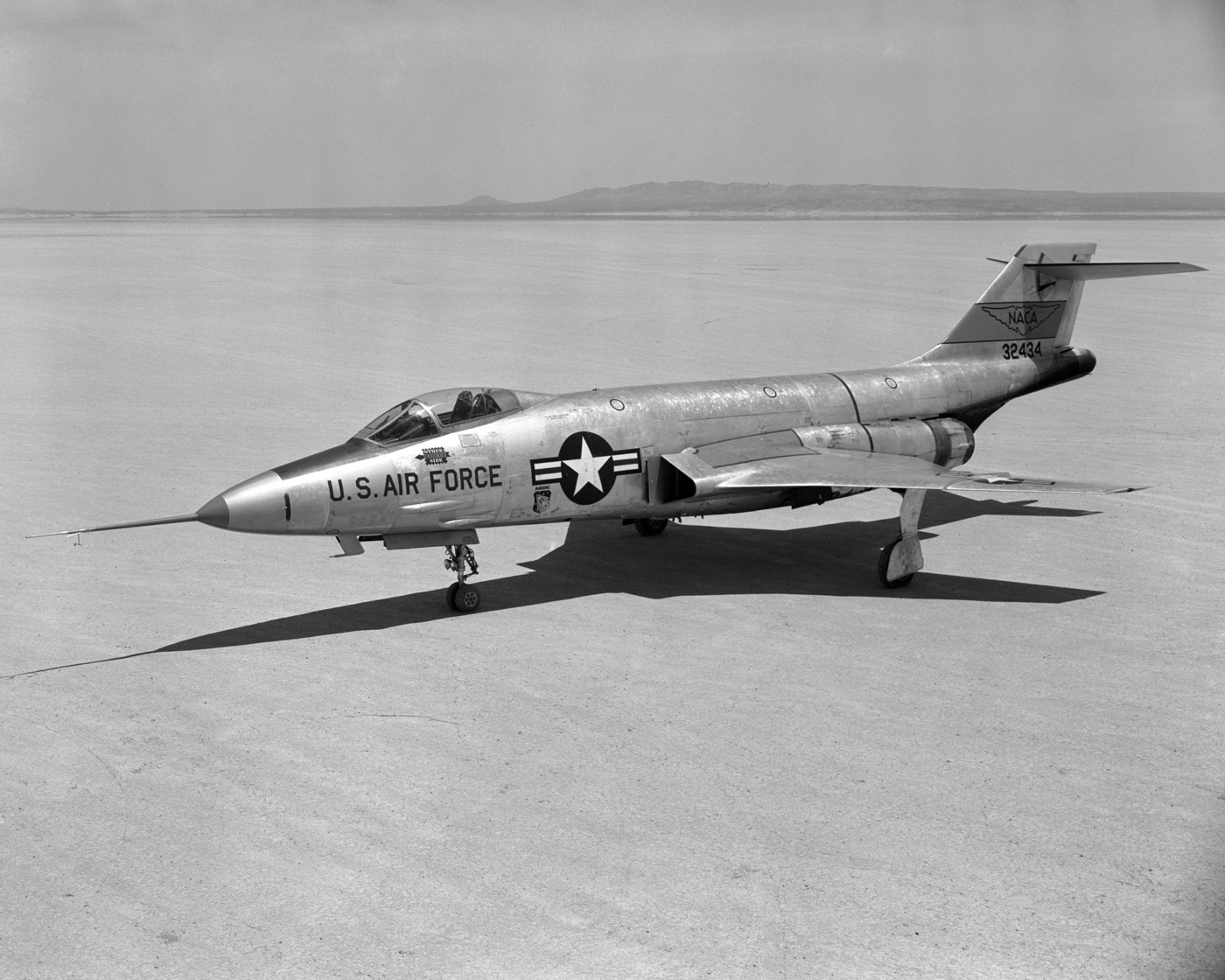
Yet, even as it was being developed, high-speed, high-altitude jet bombers — notably the Boeing B-52 Stratofortress — began to enter service. As a result, there was less need for escort fighters, and the high-speed Voodoo evolved accordingly. Instead of providing escort to U.S. bombers, the F-101 was introduced to fill tactical and air defense roles — a duty for which it was equally well-suited.
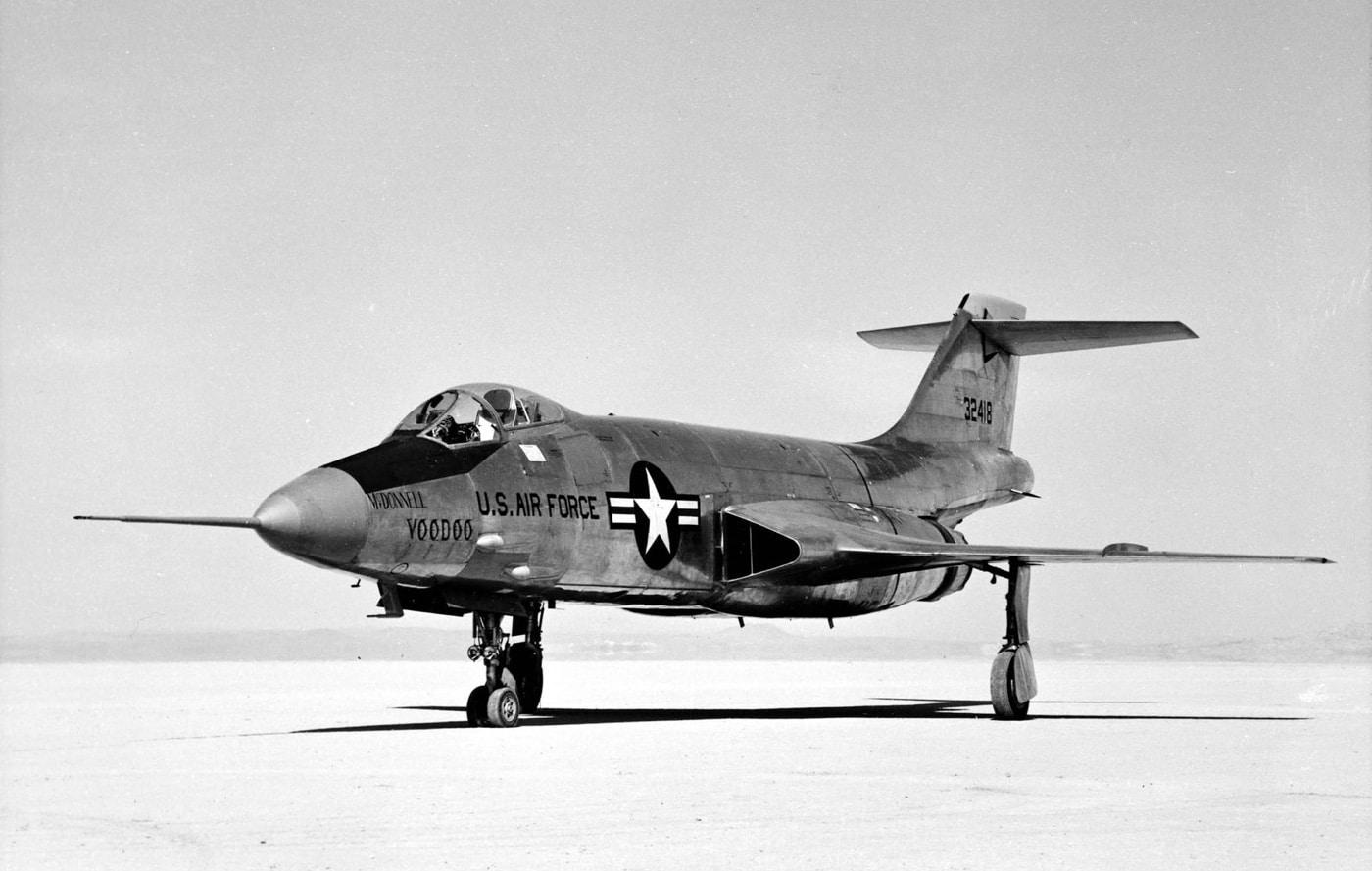
Production of the F-101A moved forward, with the first Voodoo entering service in May 1957. It has been noted for being the first production fighter capable of exceeding 1,000 mph in level flight — and on December 12, 1957, an F-101A set a world speed record of 1,207 mph. That flight came just weeks after the four Voodoos flew from Shaw Air Force Base (AFB), California, to New York, during Operation Sun Run, breaking the transcontinental flight record. They flew it in just three hours and seven minutes, while averaging 781.74 miles per hour.
Truly Black Magic
Instead of escorting bombers, the Voodoo took on a fighter-bomber role. The aircraft’s long-range put nearly all of the Warsaw Pact countries in Europe, along with targets up to 500 miles deep within the Soviet Union, within the aircraft’s 2,000-mile range.
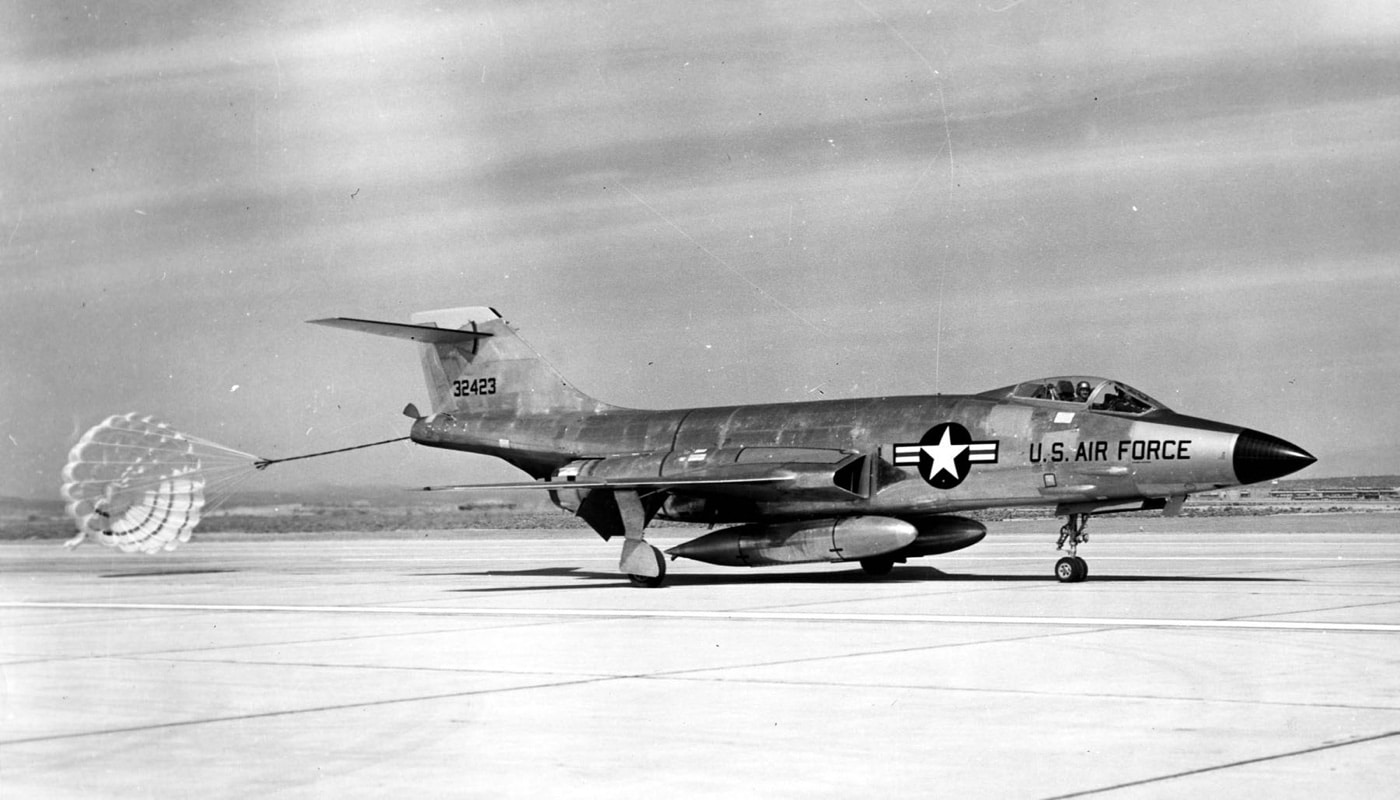
Beginning in 1958, the United States Air Force operated three squadrons of F-101 Voodoos from Royal Air Force (RAF) bases in the UK, serving as part of the strategic nuclear deterrent force.
The Voodoo was equipped with the then-cutting-edge Low Altitude Bombing System (LABS) for the delivery of nuclear weapons, while it could carry the Mk 28 thermonuclear bomb. Other operational nuclear payloads that could be carried by the F-101 reportedly included the Mk 7, Mk 43 and Mk 57 ordnance.
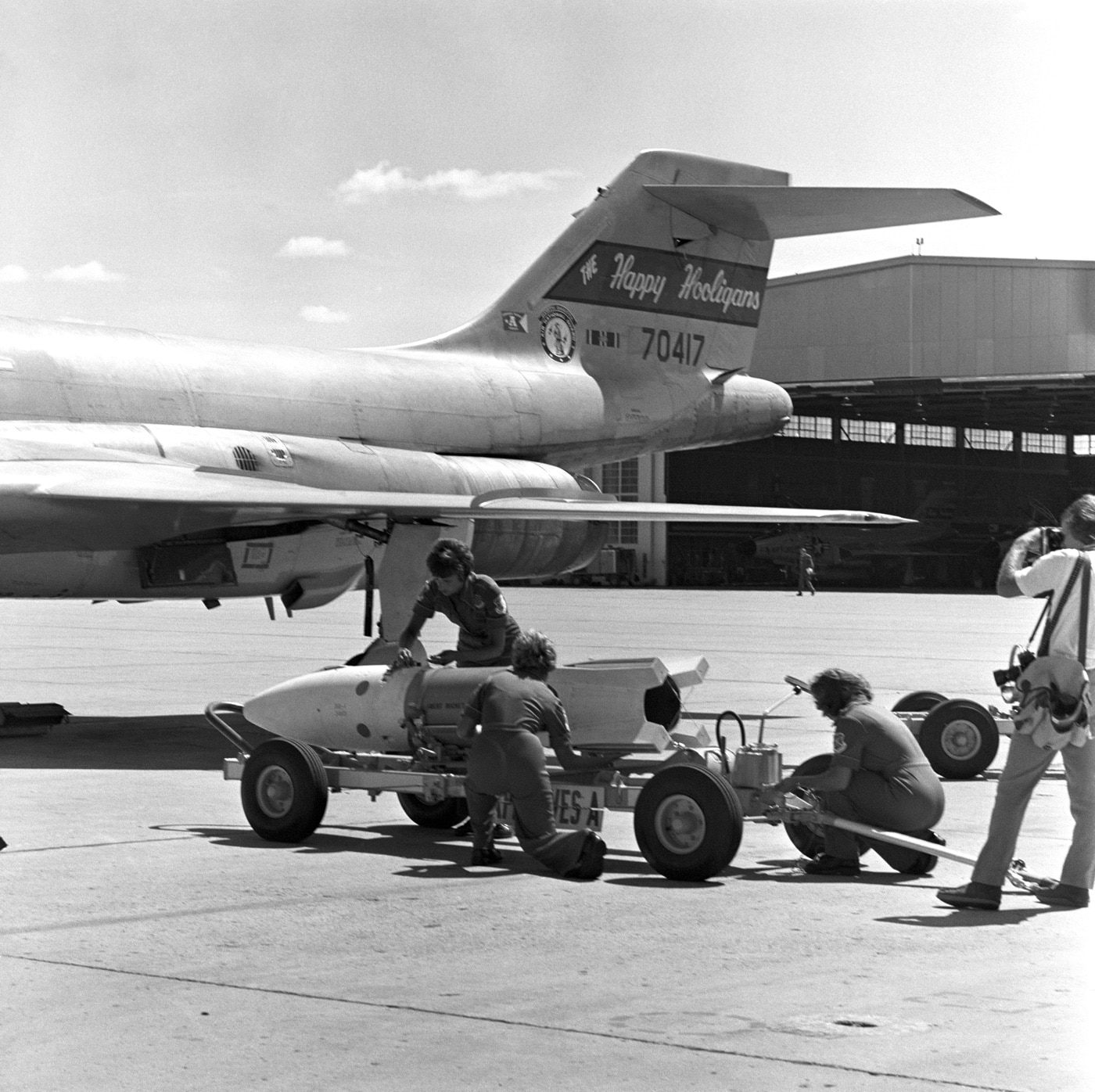
Special Magic — F-101B Voodoo
The success of the F-101A models led to the development of a two-seat all-weather interceptor variant designated the F-101B.
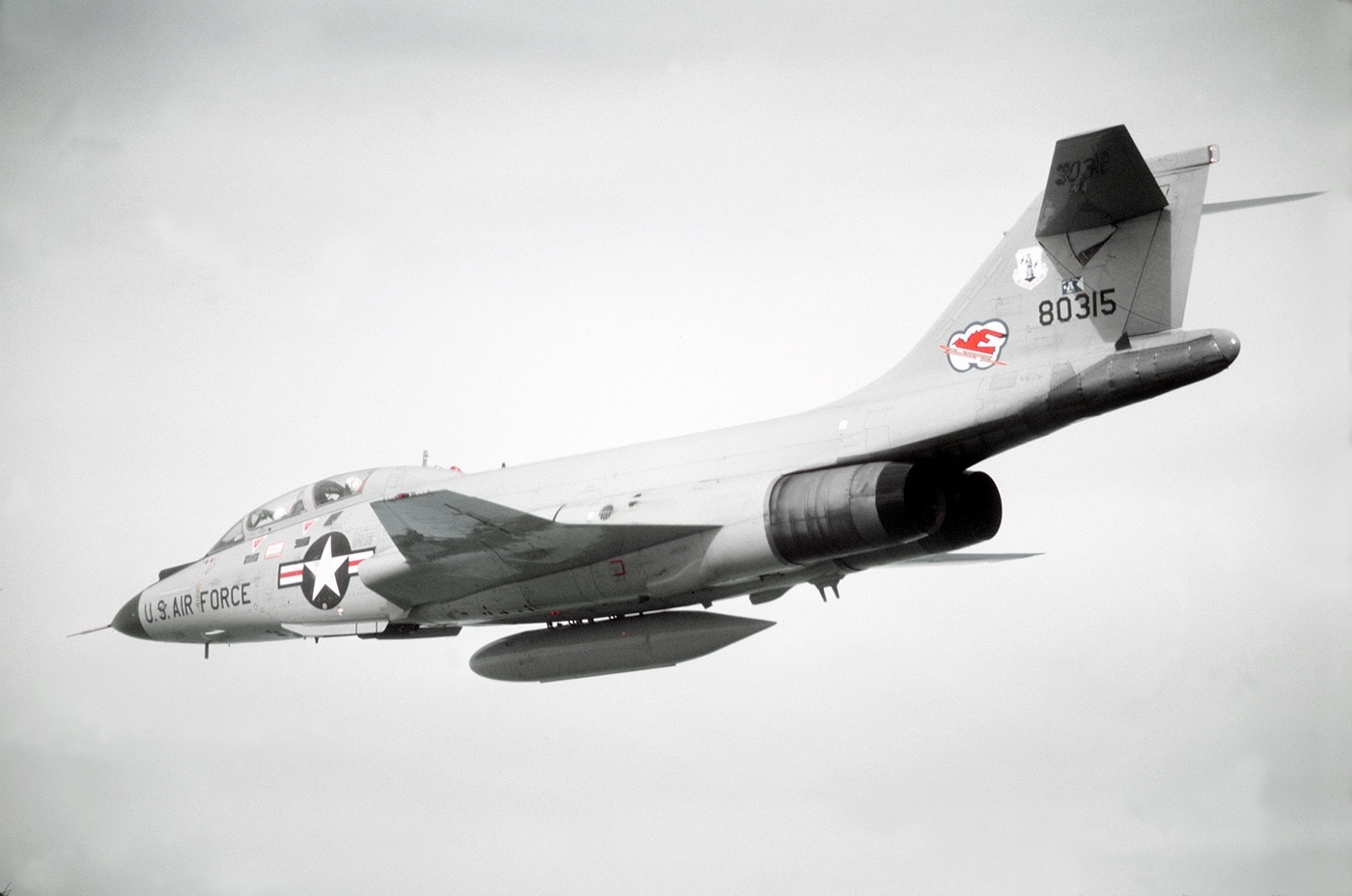
It required a significant modification to the aircraft, which included a larger and more rounded forward fuselage to hold the Hughes MG-13 fire control radar that was initially used in the F-102 Delta Dart.
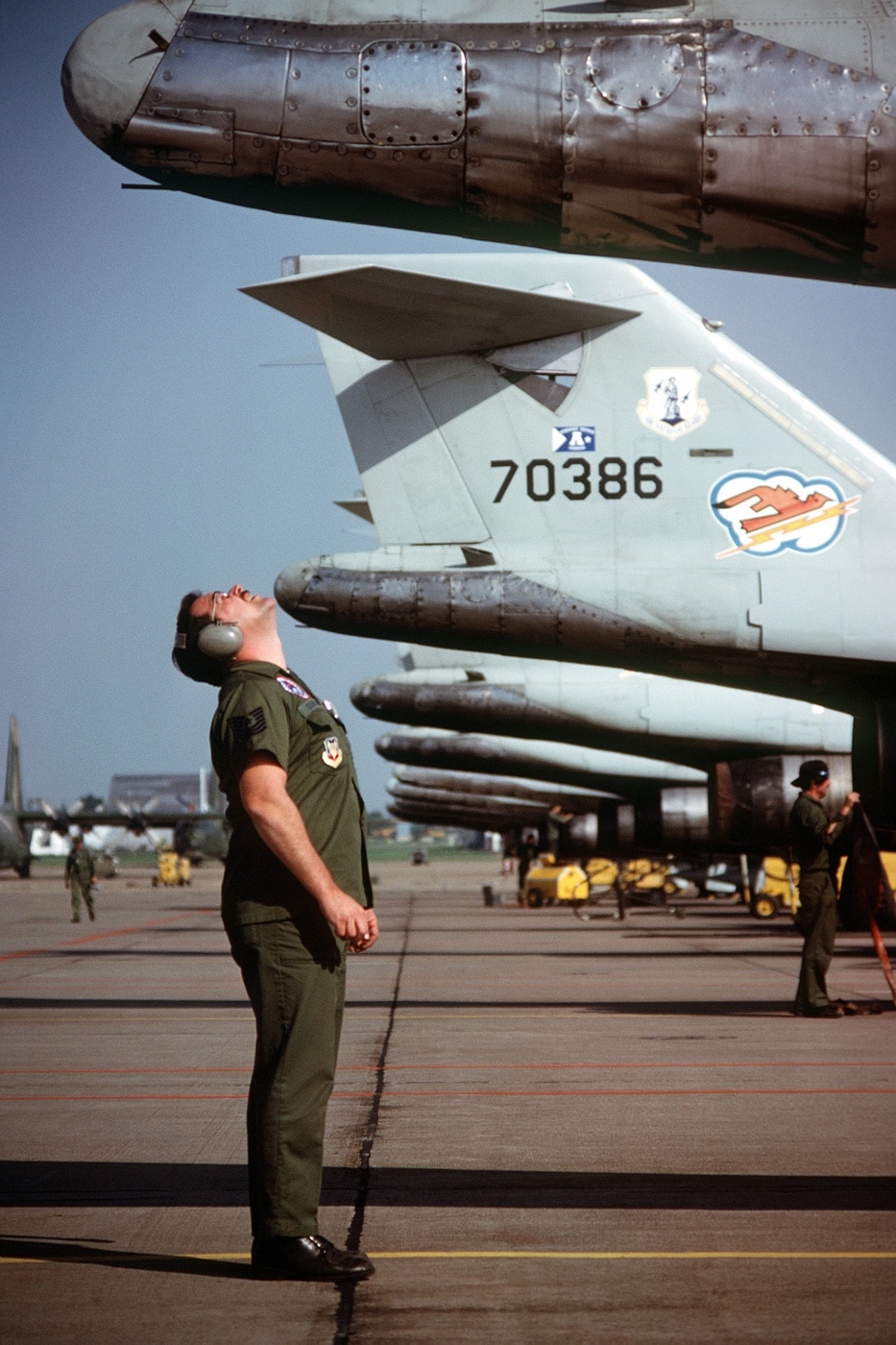
The changes were so significant, in fact, that McDonnell had at one point proposed designating the aircraft the F-109.
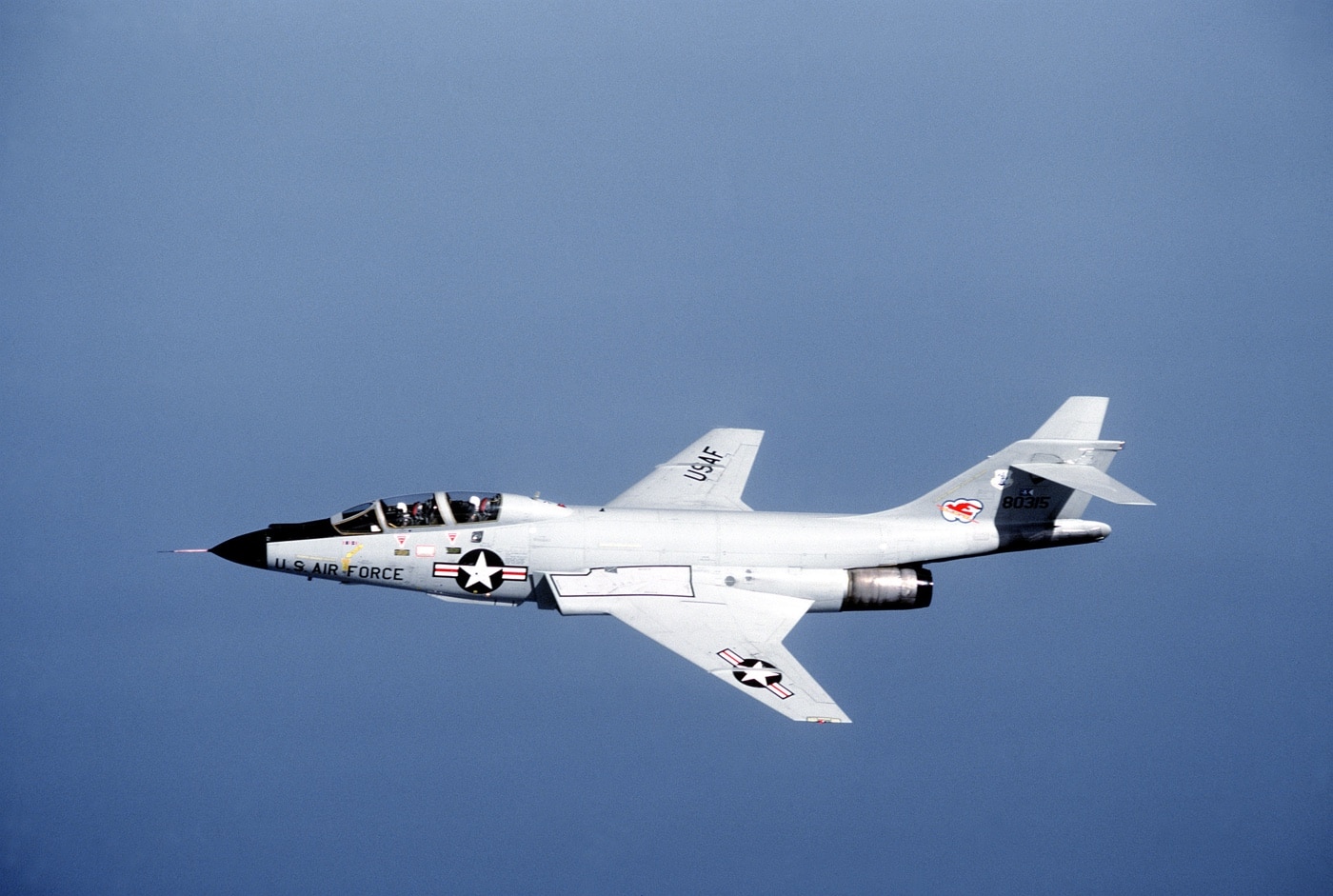
However, the U.S. Air Force stuck with the McDonnell F-101B Voodoo, even though it had more powerful Pratt & Whitney engines than the base model. Moreover, instead of the four M39 cannons employed on the F-101A, the F-101B was armed with four AIM-4 Falcon air-to-air missiles arranged in pairs in a rotating pallet in the aircraft’s weapons bay.
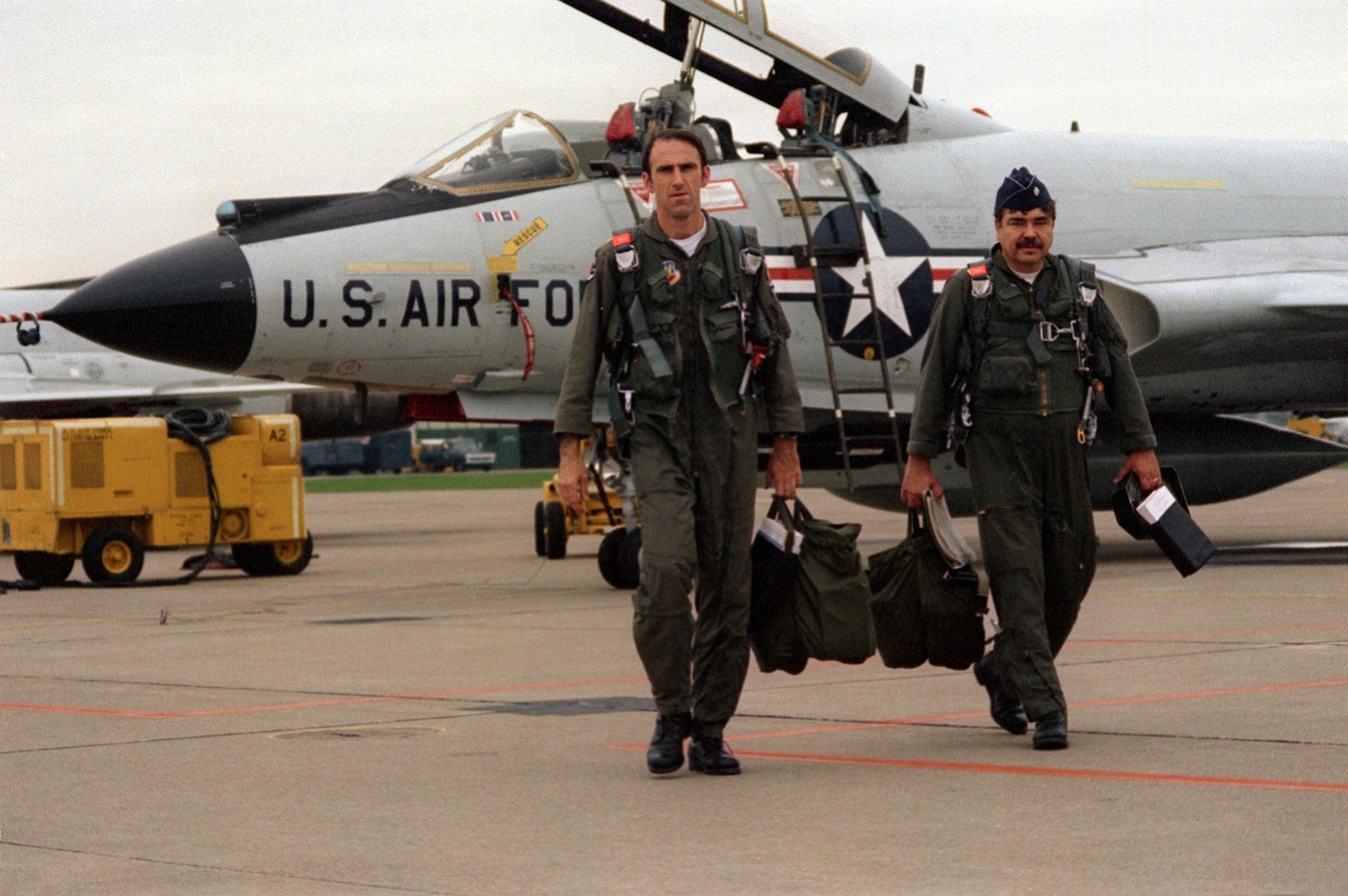
Because of the modifications required, the first of the two-seaters didn’t arrive until January 1959. It should also be noted that the F-101Bs were also produced in greater numbers than the F-101A or the later improved single-seat F-101C. Of the total 785 Voodoos that were produced, 480 were the F-101Bs, with the majority seeing service with the Air Defense Command.
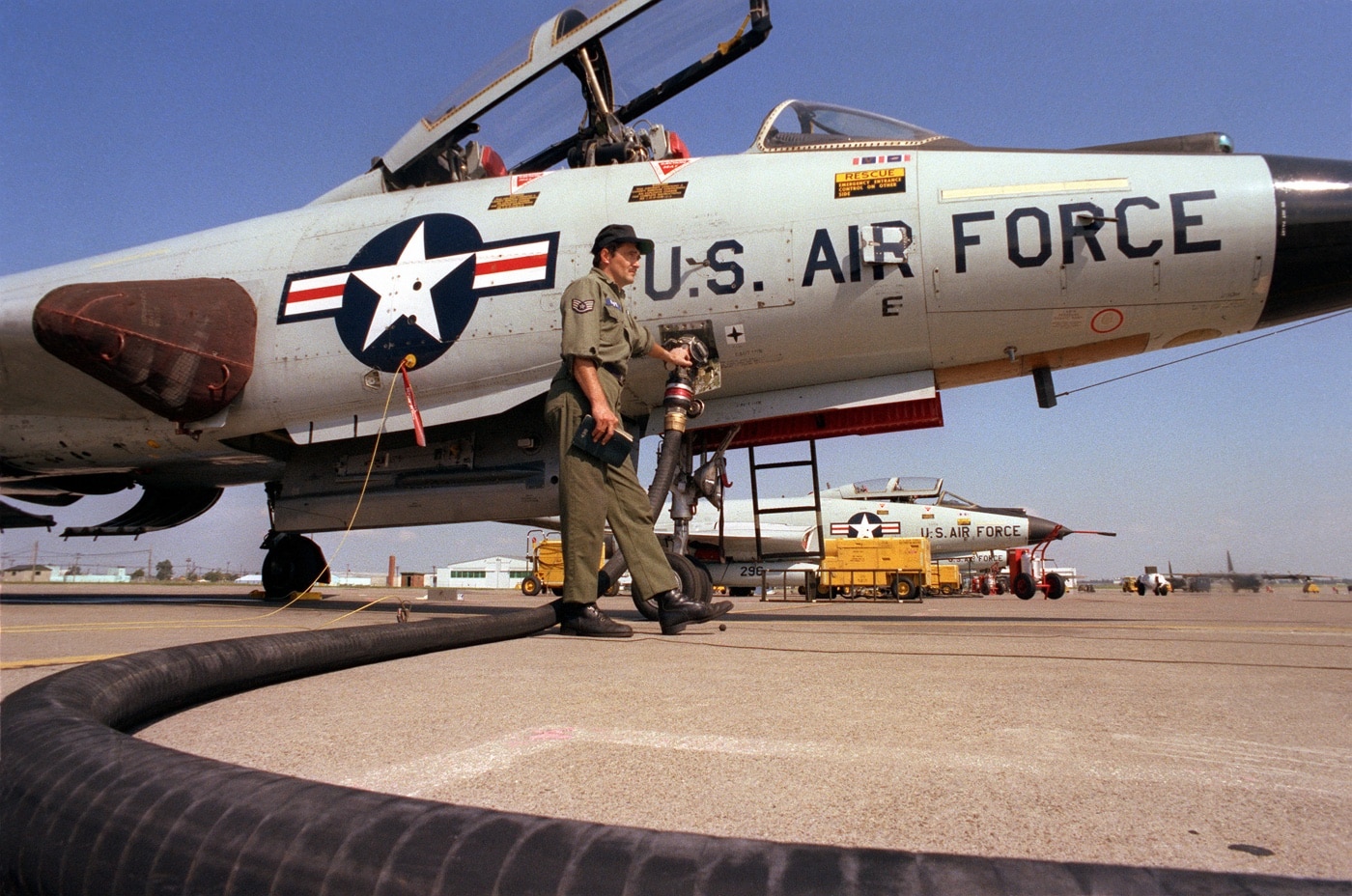
Though the F-101A/C was largely retired from service by the late 1960s, the F-101B continued to fly with Air National Guard (ANG) units until September 1982.
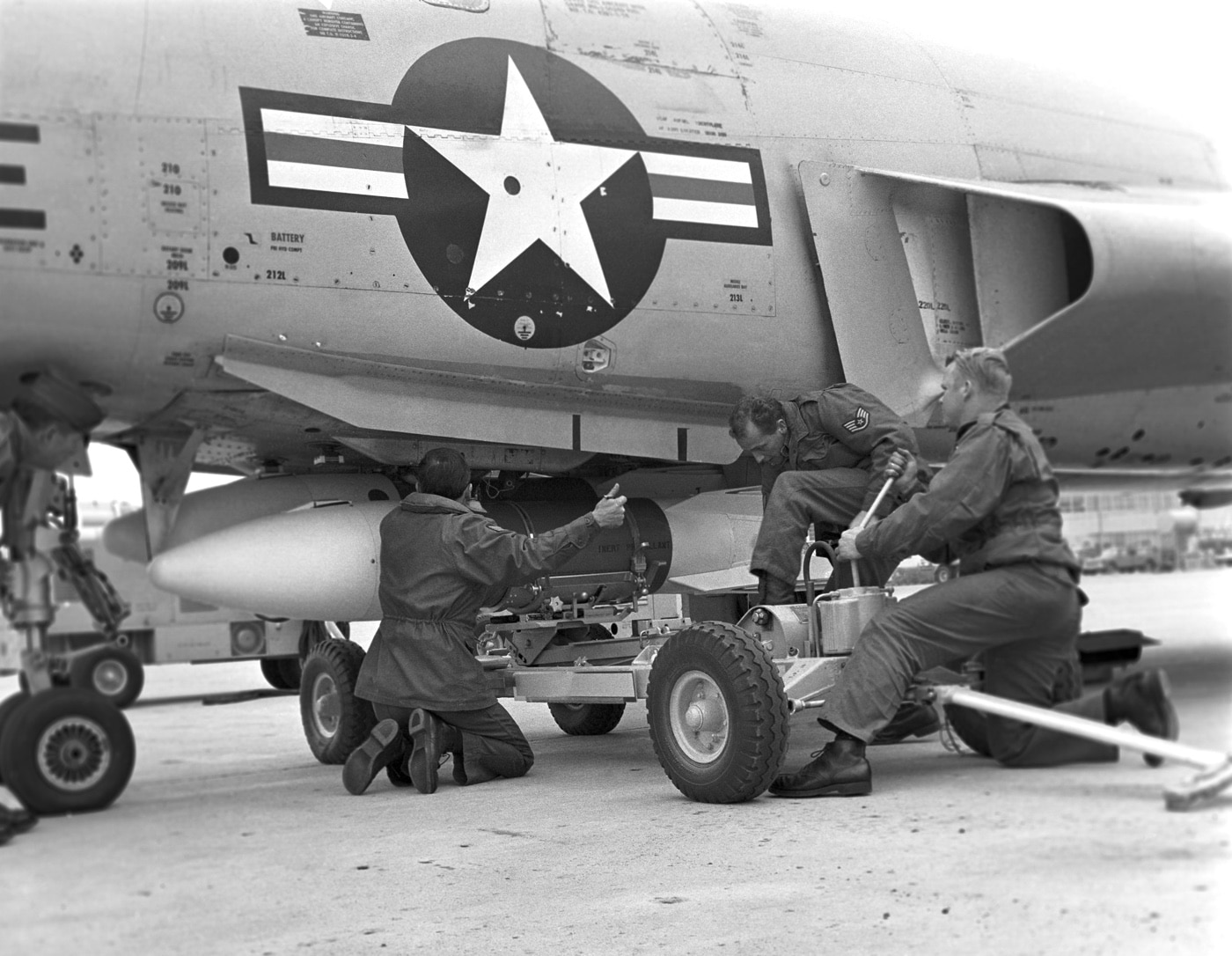
RF-101 Photo Reconnaissance Aircraft
In addition to serving as an interceptor and nuclear strike aircraft, the U.S. Air Force also operated an unarmed variant as the world’s first supersonic photo reconnaissance aircraft. These RF-101s were used widely for low-altitude photo coverage of missile sites during the 1962 Cuban Crisis, and then in the late 1960s in Southeast Asia.
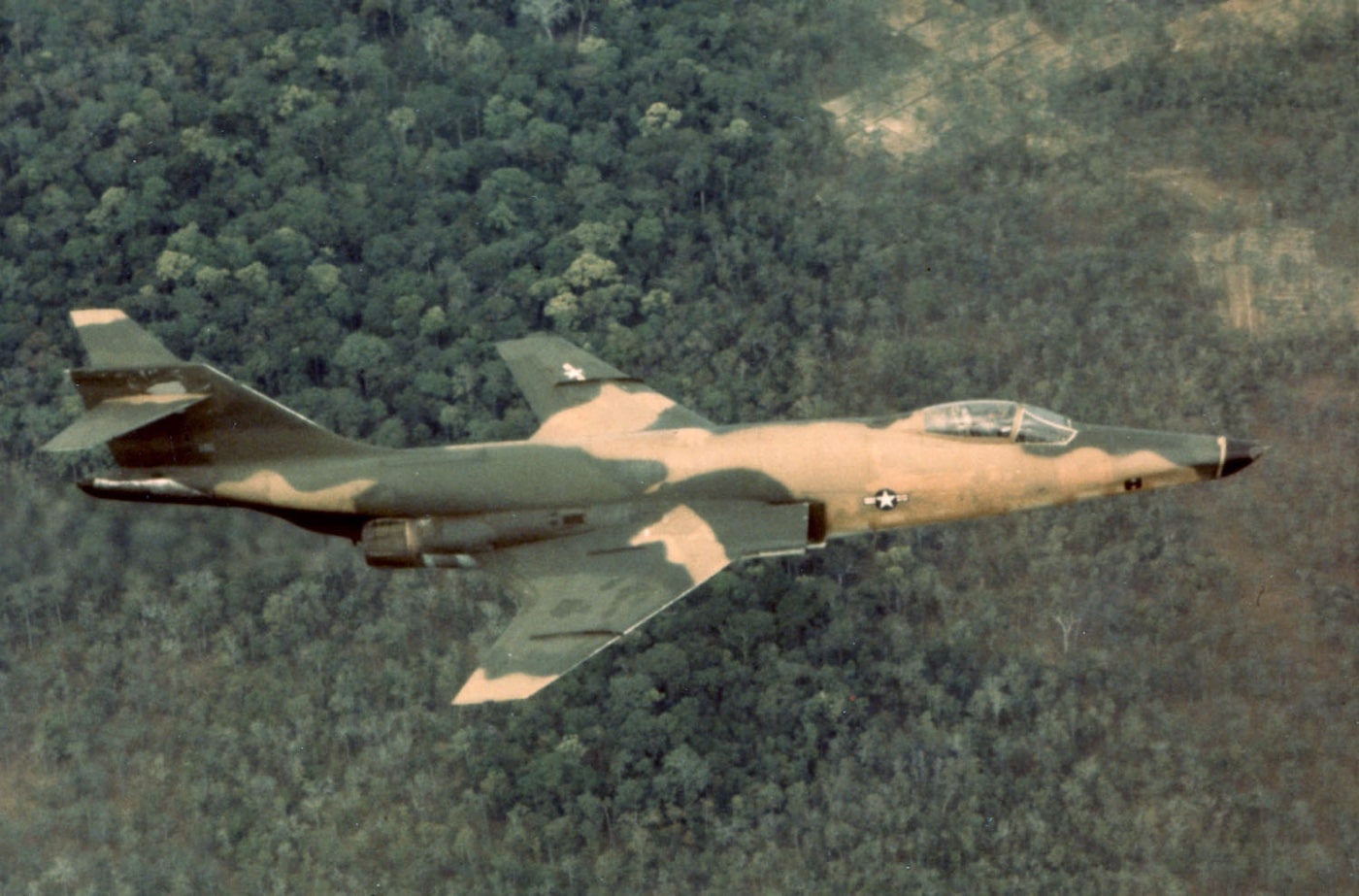
As noted by the National Museum of the United States Air Force at Wright-Patterson Air Force Base (AFB), Dayton, Ohio, the development of the unarmed RF-101 began in 1956. A total of 35 RF-101As and 166 RF-101Cs were produced, but in addition, some single- and dual-seat Voodoos were converted to the reconnaissance configuration and redesignated RF-101Bs, RF-101Gs and RF-101Hs later in their operational lives.
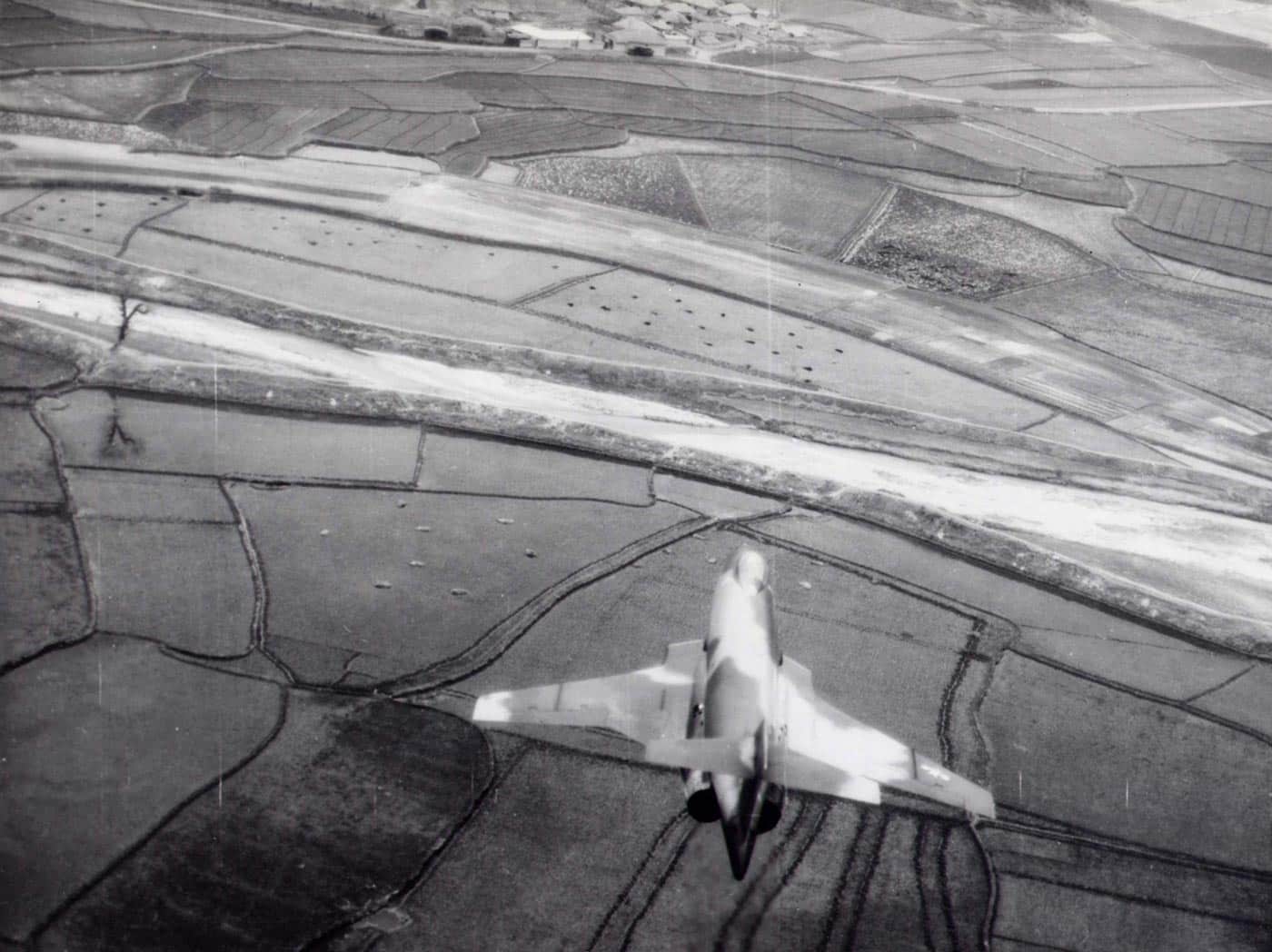
The museum’s collection includes an RF-101C, on display in the Southeast Asia War Gallery, that had participated in Operation Sun Run in 1957. The particular RF-101 Voodoo also flew vital low-altitude reconnaissance during the Cuban Missile Crisis and helped confirm that offensive missile sites in Cuba were being dismantled. The aircraft later served in Southeast Asia with the 45th Tactical Reconnaissance Squadron. That Voodoo was flight delivered from the 153rd Tactical Reconnaissance Squadron, Mississippi Air National Guard at Key Field, Miss., to the museum on Oct. 27, 1978.
During the Vietnam War, the U.S. lost a total of 33 RF-101s in combat, while another six were lost due to other causes.
In Foreign Service
The United States Air Force wasn’t the only operator of the Voodoo. Both Canada and the Republic of China used the F-101.
Canada
Canada’s Air Defence Group, which shared the responsibility for guarding the polar approaches with the United States Air Defense Command, took delivery of 66 Voodoos designated the CF-101. The Royal Canadian Air Force (RCAF) operated the aircraft into the late 1980s.
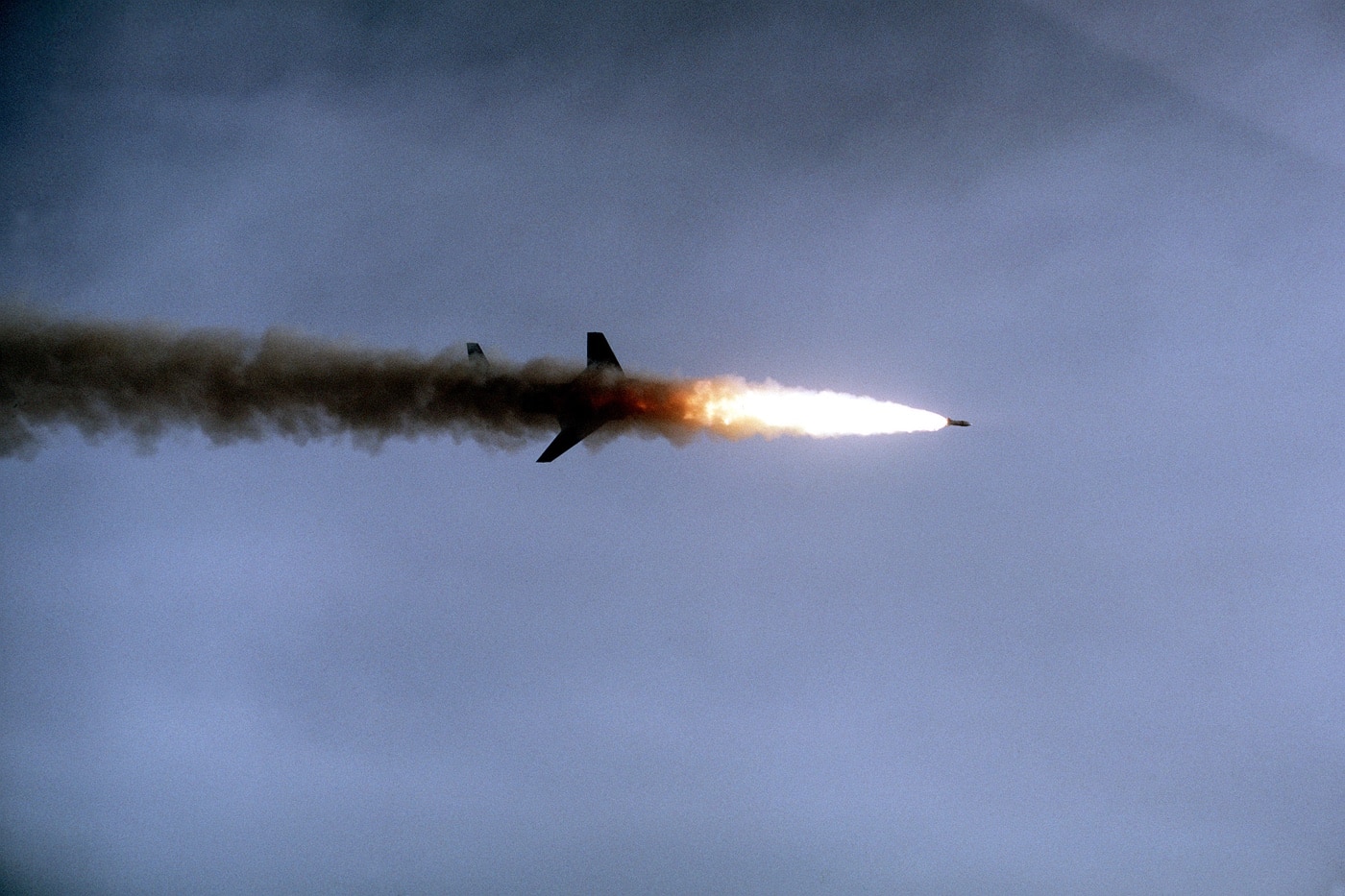
Though the CF-101 never fired a weapon in anger, the Canadian Voodoos were a serious deterrent, and served as Canada’s primary air defense platform, penetrating from Quick Reaction Alert facilities across the nation. From 1961 until 1984, the CF-101’s primary mission was to protect the sovereignty of Canada’s airspace, and each squadron operating the aircraft had two on quick reaction alert 24 hours a day, 365 days a year (for 23 years) without interruption.
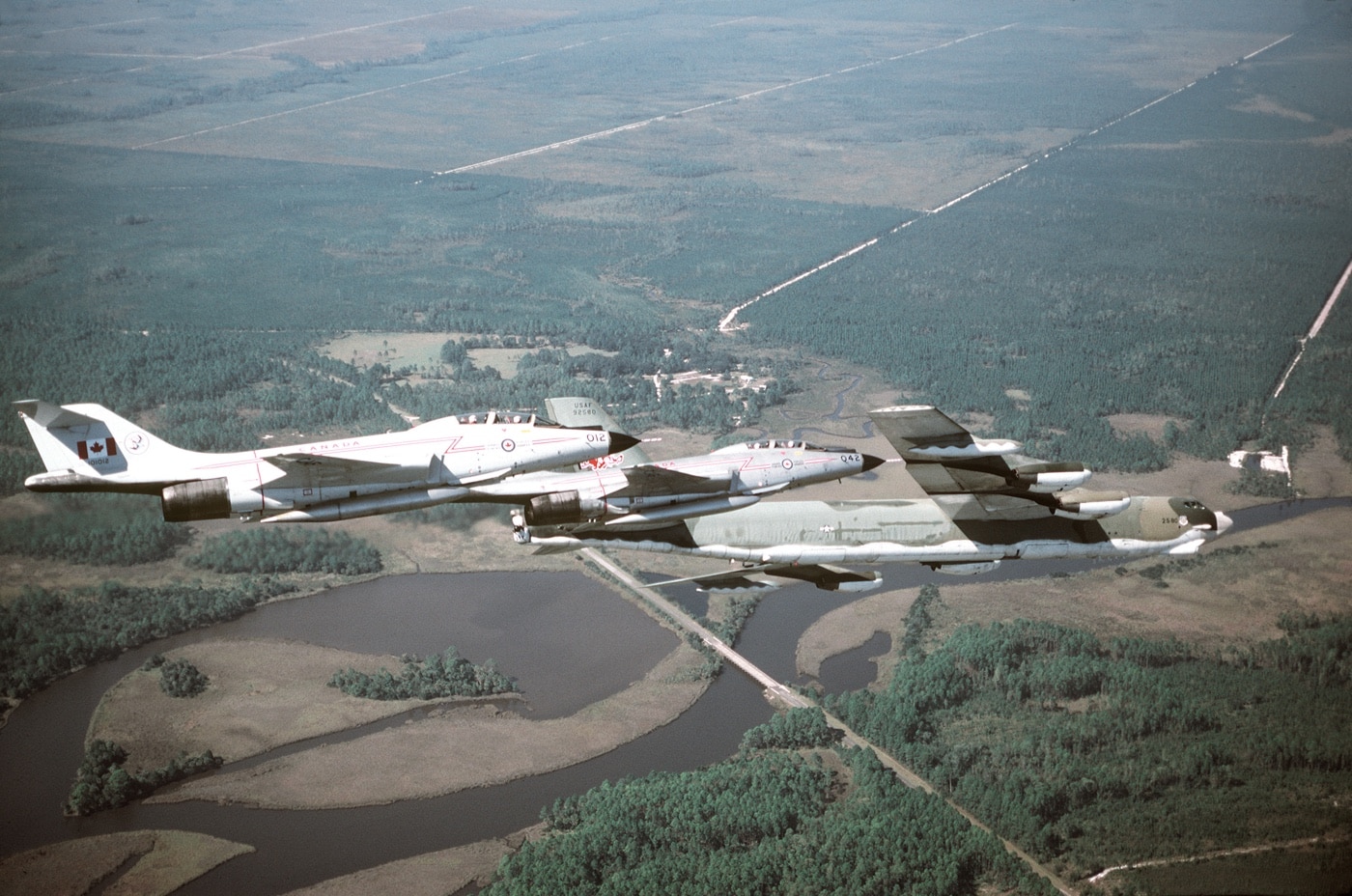
Republic of China (Taiwan)
According to the Federation of American Scientists (FAS), four R-101 Voodoos were also supplied to the Republic of China (Taiwan) in 1959 under the Project Boom-Town. The aircraft were flown by Taiwanese pilots and employed to conduct reconnaissance over international waters off the coastline of the Chinese mainland. However, it was later learned that many of the flights penetrated far deeper into the airspace of the People’s Republic of China (PRC).
One of the four RF-101s was shot down in August 1961, while the remaining three were also shot down within the next four years. The United States Air Force subsequently supplied Taipei with an additional four Voodoos, which operated successfully over mainland China for several years before operational attrition ended their careers.
Final Thoughts
Today, several dozen F-101s in various configurations are on display at museums in the United States, Canada, the UK, France and Germany.
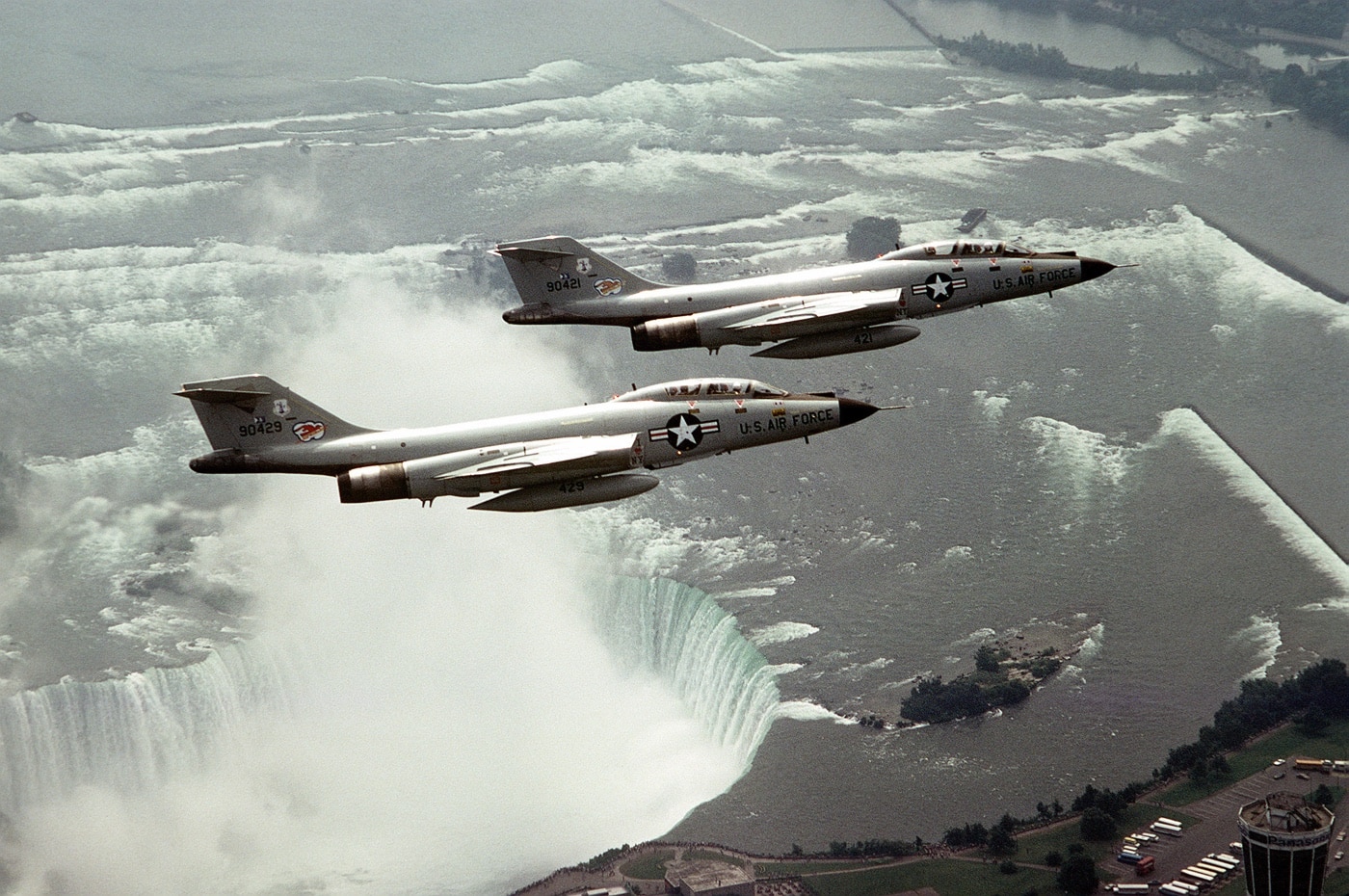
Three of the aircraft that conducted the surveillance missions over mainland China are also in museums in Taiwan. These aircraft serve as a reminder of the magic that was the F-101 Voodoo.
Editor’s Note: Please be sure to check out The Armory Life Forum, where you can comment about our daily articles, as well as just talk guns and gear. Click the “Go To Forum Thread” link below to jump in!
Read the full article here

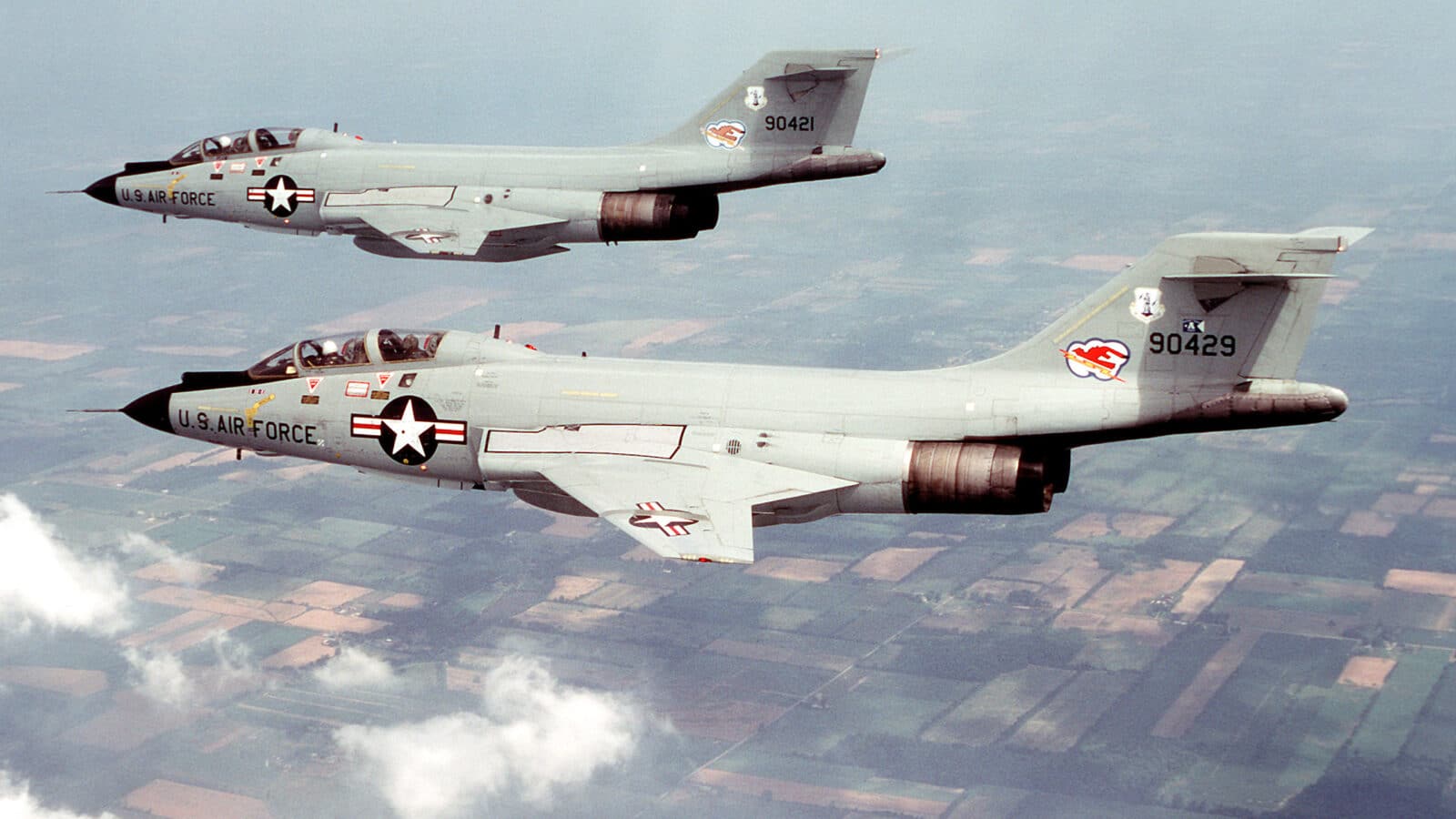
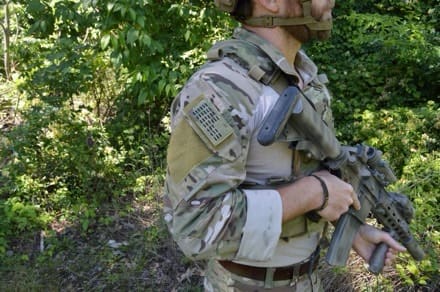

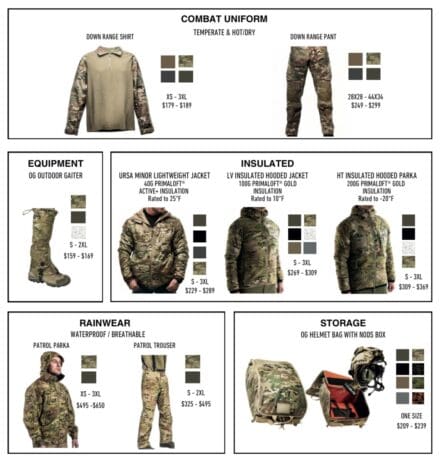


Leave a Reply